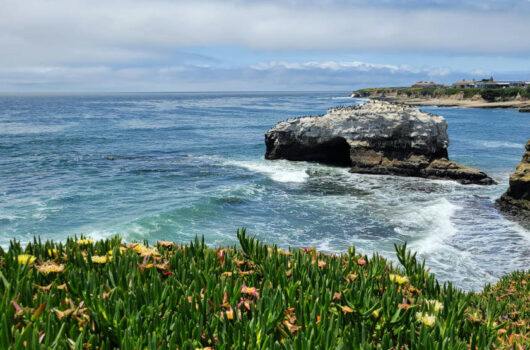Successful nu-p process nucleosynthesis in core-collapse supernovae: impact of outflows and neutrino mixing
Successful nu-p process nucleosynthesis in core-collapse supernovae: impact of outflows and neutrino mixing
Neutrinos in core-collapse supernovae are the main carriers of energy and lepton number, and therefore play an important role in the explosion mechanism as well as in the synthesis of nuclides in these environments. In the aftermath of a supernova explosion, neutrino-induced heating drives outflows of baryonic matter from the surface of the nascent neutron star. The physical characteristics of these outflows, such as expansion timescale, entropy, and electron fraction, can significantly impact the synthesis of proton-rich isotopes via the nu p-process. This could be of much relevance to a long-standing problem in nuclear astrophysics, pertaining to the origin of certain proton-rich nuclides in nature: 92,94Mo and 96,98Ru. In particular, self-consistently modeled subsonic outflows from explosions of massive progenitors can be shown to furnish nu p-process yields consistent with observed Mo and Ru abundances. These isotopic yields can also be directly influenced by neutrino flavor mixing in the vicinity of the neutron star. In this talk, we examine this interplay between matter outflows, neutrino mixing, and nucleosynthesis in core-collapse supernovae.





